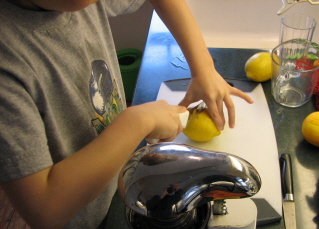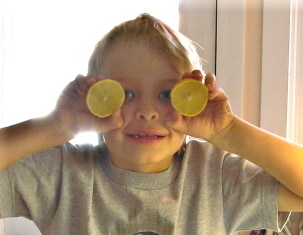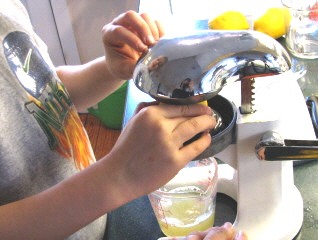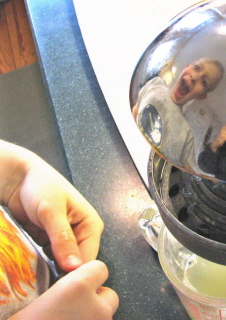
My definition of a great cook is someone who can take what’s on hand and make something delicious.
Case in point: When I was injured a couple of years ago and was convalescing on my sofa, Angela stopped by to visit. After we chatted for a while, she offered to make lunch for me. I gladly accepted but warned that I didn’t have much in the way of raw materials. A few minutes later, she emerged from my kitchen with a delicious salad. I was amazed.
I, looking in my own refrigerator, had overlooked the Greek olives, the half-moldy but largely still edible (and delicious) bit of cheese, but she saw them. She also found sturdy and succulent lettuce leaves inside the wilted ones. I can’t recall what else she found, but she arranged it beautifully, dressed it, added some bread or crackers and presented it all for my pleasure, which was substantial. I marveled.
Brush with greatness?
I aspire to being that kind of cook (even if no actual cooking was involved in preparing aforementioned salad). The other evening, I came close, at least kind of.
I hadn’t planned anything for dinner, but I was hungry and didn’t want to spend a lot of time making something. I also didn’t want to resort to scrambled eggs and toast. I looked at what I had that could be put to use quickly, and the remaining cooked, frozen sweet potatoes caught my eye. Hmm, I thought, maybe sweet potato soup?
No recipes jumped out in a quick scan of my most-reliable cookbooks, but I found a New York Times recipe that looked promising. Key ingredients were sweet potatoes, russet potato, butternut squash and fresh ginger. I had all of those! Not only that, but I needed to use my organic russets, which are going soft in the basement, and the ginger, which was beginning to shrivel on a shelf in the kitchen. I didn’t, however, want to fool with peeling the butternut squash, even the easy way. Instead, I made my own version. I must say it was delicious, with significant zip from the ginger, and pretty too.
Two-potato soup
- 2 tablespoons olive oil
- 1 small onion, chopped
- 1 tablespoon minced fresh ginger
- 1 1/2 pounds cooked, peeled sweet potatoes (see notes)
- 1 medium-size russet potato, peeled and diced
- 4-6 cups water (see notes to understand that range)
- Salt and pepper to taste
- Heat oil in heavy 5-quart pan over medium heat. Add onion; cook 2 minutes. Add ginger; cook a minute more.
- Add sweet potatoes, russet potato and water. Bring to boil, then cover and reduce heat to simmer. Cook 15-20 minutes, until sweet potatoes are heated through and russets are tender.
- Puree with immersion blender, or puree in batches in regular blender. Add salt (I used about 1/2 teaspoon) and stir to dissolve.
- Serve hot in bowl with ground black pepper.
Notes: If you don’t have cooked sweet potatoes on hand, you can peel and dice raw sweet potatoes. You will probably have to cook the sweet potatoes longer than the russets.
And about that water…I’m pretty sure I had added 4 cups of water when I got a phone call that went on for a while. By the time I checked on my incipient soup, the water almost had cooked away, so I added more water, another cup or two. The NYT recipe calls for 6 cups, but I figured I didn’t need as much since I left out the butternut squash. In any case, just make sure you have enough water such that the vegetables float freely but not so much that you’re going to wind up with a thin soup. Err on the low side; you can always add more water (if you’re paying attention), but it’s hard to take away.
So that’s it. Getting this soup to the table may not certify me as a great cook (in fact, my inadequate puree left some potato and ginger lumps), but it made me feel as though I could get past the first round in a make-something-from-not-much competition. Even if I did need someone else’s recipe to get me started.












